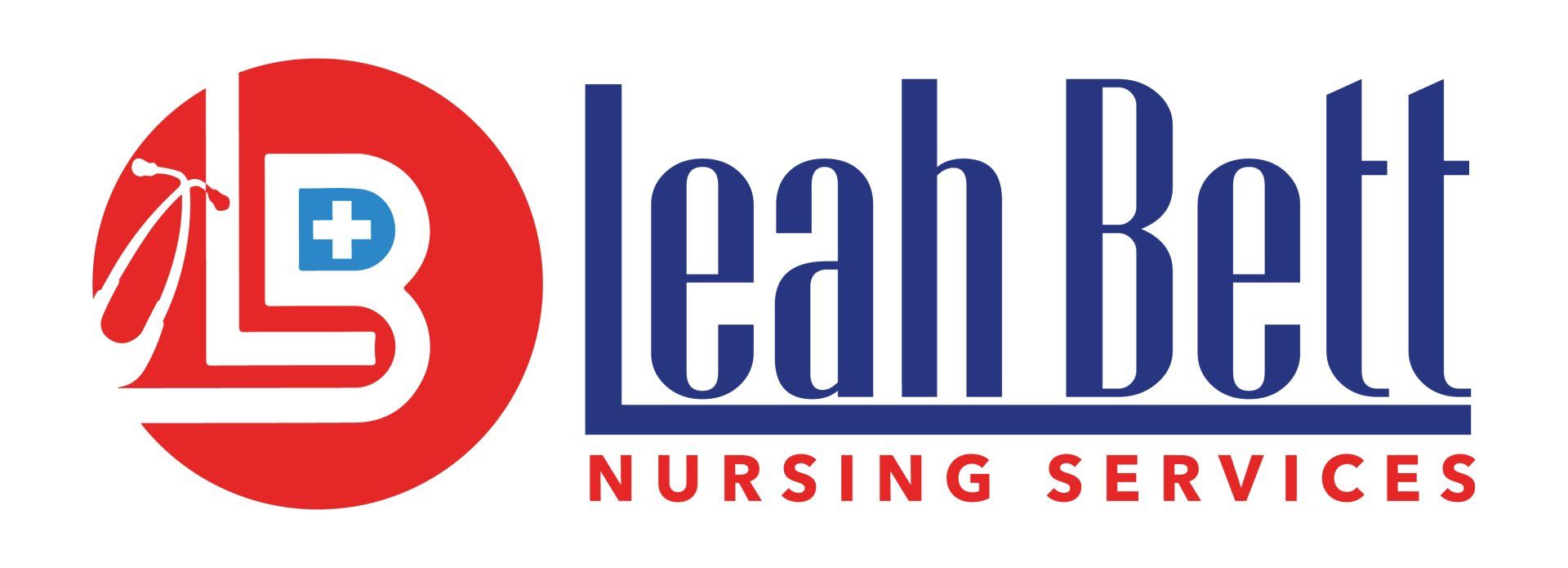SIL vs SDA: Understanding the Difference in NDIS Support Options
For many NDIS participants and their families, navigating funding options can be confusing—especially when terms like SIL vs SDA come into play. In this article, we explain what is SIL, what is SDA, how they differ, when each is appropriate, and how they may work together.
What is SIL in NDIS?
SIL stands for Supported Independent Living. It is a support funding stream under the NDIS that covers the services, staff, and supports a participant needs to live their daily life as independently as possible.
- With SIL, you receive help with daily tasks such as personal care (showering, dressing), medication management, meal preparation, cleaning, shopping, and general household routines.
- The aim is not simply “doing things for you” but building capacity. Good SIL providers will support you to learn, practice skills, and gradually increase independence.
- SIL can be delivered in a shared home (multiple participants under one roof) or in a private home for a single participant—wherever you live.
- Importantly, SIL is service-funding, not about housing itself. It does not pay for rent, utilities, or structural modifications.
So, in short: what is SIL? It is the “how” of support—the people, care, and services that assist participants in day-to-day life.
What is SDA in NDIS?
SDA stands for Specialist Disability Accommodation. In contrast to SIL, SDA is about the housing side of the equation.
- SDA refers to purpose-built or significantly modified homes and apartments designed for people with extreme functional impairment or very high support needs.
- These dwellings incorporate features such as wide doorways, ceiling hoists, automated doors, accessible bathrooms, reinforced walls, smart home technology, and other design standards to support mobility, safety, and assistive technology integration.
- The NDIS funds SDA to cover the cost of the dwelling itself (construction, modification, enrolment, maintenance) rather than daily support services.
- Even with SDA funding, participants still pay a reasonable rent contribution plus costs for utilities and everyday living.
- SDA is not available to all participants—eligibility is restricted, and only a subset of participants (those with very high needs) may qualify.
Thus, what is SDA? It is the “where”—the physical home or environment designed to support your unique needs and enable safe, accessible living.
Key Differences: SIL vs SDA
| Feature | SIL | SDA |
|---|---|---|
| What it funds | Support services, support staff, assistance with daily living | The dwelling — building, modifications, and design features |
| Primary focus | Helping you live better and more independently | Providing a safe, accessible home environment |
| Eligibility | Available to many participants who need daily support | Restricted to participants with extreme functional impairment / high support need |
| Who receives it | Can apply regardless of housing type (private rental, shared, own home) | Only for those who meet strict criteria; not everyone needing support qualifies |
| Role of provider | SIL provider manages support staff, arranges rosters, and works with participant goals | SDA provider manages the property, ensures the building meets standards, and handles upkeep |
| Participant freedom | Participants can (in many cases) choose a SIL provider separate from the dwelling | Even in SDA, participants can often choose their support (SIL) provider |
| Overlap | You might receive SIL without SDA | You may receive SDA without SIL, but often both are combined for participants needing high support in a specialised home |
One helpful analogy is: SIL = how you live, SDA = where you live.
Can a participant have both SIL and SDA?
Yes — in many cases, for participants who meet the eligibility requirements for both, SIL and SDA funding can coexist. The two streams are recorded separately in a person’s NDIS plan. For example, a participant may live in an SDA home (thus having the physical environment designed to meet high needs) and also receive SIL supports (daily care, personal assistance) to live comfortably in that home. However, eligibility is strict, and not all participants will qualify for both. Many participants will use only SIL, particularly if they don’t need highly specialised housing.
When is SIL appropriate (without SDA)?
You might only need SIL (without SDA) in scenarios like:
- You already live in a home that meets your mobility needs (or does not require major structural changes), and you just need ongoing support with daily tasks.
- You are comfortable in existing housing (private rental, living with family) but require assistance with personal care, supervision, or routine management.
- Your support needs don’t reach the threshold required for SDA eligibility.
In such cases, SIL gives you the support you require—without needing to change your home.
When is SDA (with or without SIL) appropriate?
SDA is designed for cases where ordinary housing is not suitable to meet a person’s needs—especially when structural barriers, accessibility, or safety are major issues. Situations might include:
- You require built-in assistive technology (e.g., ceiling hoists, automated doors) that cannot easily be added to typical homes.
- You have significant mobility or support requirements, making standard design unsafe or impractical.
- You would benefit from a dwelling that integrates safety, accessibility, and supports naturally (not retrofitted).
- You may combine SDA with SIL supports to ensure both your housing and care needs are met.
If your needs are extreme or high (functional impairment), SDA becomes a possibility.
How to decide: SIL, SDA, or both?
Making the right choice (or combination) depends on individual circumstances. Here are some guidelines:
- Assess your functional needs
- Do you need structural housing modifications (ramps, hoists, wide access)? That points you toward SDA.
- Do you mostly need support staff, routines, supervision, or personal care? That is SIL territory.
- Check eligibility criteria
- Speak with your NDIS planner or Support Coordinator to evaluate whether your condition meets SDA’s high thresholds.
- SIL eligibility is broader and more accessible.
- Plan with your support team
- Use allied professionals (OTs, architects) to document what housing features you need.
- Determine which parts are “dwelling” and should be SDA funded, and which are “support services” (SIL).
- Ensure clarity in your plan
- If combining SIL and SDA, ensure your plan separates the two.
- Understand that your SIL provider should not attempt to include housing costs, and your SDA provider should not provide daily support.
- Revisit and review
- Needs change over time. You may later request plan reviews to adjust SIL or apply for SDA.
Why understanding SIL vs SDA matters for you
- It ensures you get proper support without funding overlaps or gaps.
- Helps you choose providers who respect your autonomy: SIL providers should not control your housing choice; SDA providers should not dictate your supports.
- Helps you and your family speak confidently with NDIS planners and align your supports to goals rather than just reacting.
- It protects you from confusion or misuse: combining but not conflating supports and housing.
How Leah Betts Nursing Services can help
At Leah Betts Nursing Services, we specialise in person-centred nursing and support under the NDIS. While we may not always provide SDA homes ourselves, we can:
- Help you understand your SIL funding and design a support plan tailored to your goals.
- Liaise with allied professionals (OTs, architects) to clarify your housing needs.
- Guide you through the plan review process if you believe your supports or housing needs should change.
Conclusion
The difference between SIL vs SDA is fundamental: SIL is about how you are supported, while SDA is about where you live. When understood properly, these two funding options empower you to live safely, independently, and with dignity under your NDIS plan.
If you’re uncertain whether your situation fits SIL, SDA, or both,
reach out to us at Leah Betts Nursing Services. We can help you interpret your needs, support your NDIS planning process, and aim for the best outcomes for your life.





